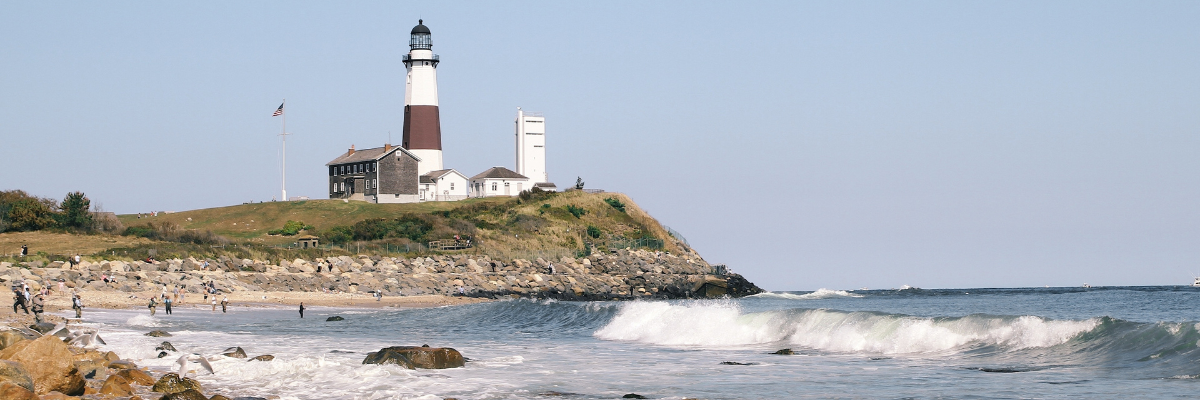Northeast Ecosystem
Extending from the Gulf of Maine to Cape Hatteras, the Northeast ecosystem is marked with a temperate climate and high productivity influenced by tidal flux, gyre circulation, cold southward flowing currents and warm eddies that spin off the northward flowing Gulf Stream. High productivity supports a biodiverse array of invertebrates, pelagic fish, groundfish, anadromous fish, seabirds and marine mammals. This ecosystem has supported productive fisheries for centuries, but in the past half-century, high fishing pressure and changing oceanographic conditions have resulted in the depletion of some fish stocks. Despite this, the value of the fisheries remains an important feature of the region, both economically and socially. Other stresses on this ecosystem include coastal development and shoreline alteration, nutrient runoff, industrial pollution runoff, and high vessel traffic. The various ocean-uses in the Northeast reflect the concentration of a high proportion of the U.S. population in this region. Ocean uses include recreational and commercial fishing, eco-tourism (whale watching), shipping, recreational boating, and many others.
Ecosystem components
Ecosystem components are defined as the major ecological characteristics of an ecosystem that can be used to organize relevant information in a limited number of discrete, but not necessarily independent categories (CMP 2007). These categories include groups of living marine resources, like “forage fish”, “benthic invertebrates”, and “protected species”, that are foundationally important and highly valued members of the of the Northeast ecosystem.
